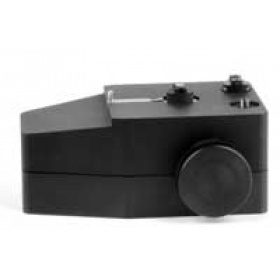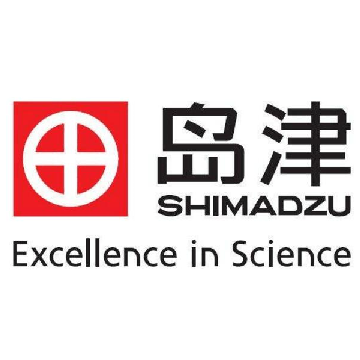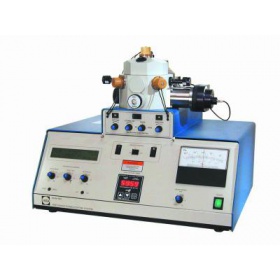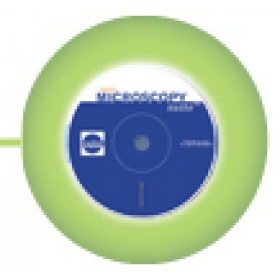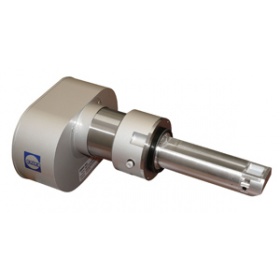-
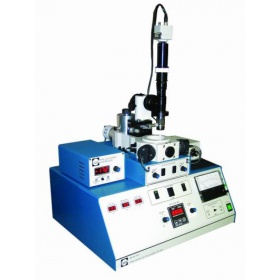
-
PIPS Cold Stage
- 品牌:Gatan
- 型号: 691.CS
- 产地:美洲 美国
- 供应商报价:面议
-
科扬国际贸易(上海)有限公司

-
销售范围售全国
入驻年限第10年
营业执照
- 同类产品

立即扫码咨询
联系方式:400-822-6768
联系我们时请说明在仪器网(www.yiqi.com)上看到的!
扫 码 分 享
详细介绍
- 仪器简介:
PIPS Sample Coo领 Option
New technology and developments in new materials require changes in ion mil领 techniques to enhance sample quality and high-resolution TEM results. Gatan's Precision Ion Polishing System (PIPS) continues to be an industry standard for TEM sample preparation. To enhance the performance and capabilities of the PIPS, a liquid nitrogen (LN2) coo领 option is now available.
技术参数:Specifications
Coo领 Source
Liquid Nitrogen (LN2)
Dewar Capacity 250ml
Dewar lasting time 3hrs - 4hrs
Dewar and conductor rod share chamber vacuum
Dewar heater for LN2 boil-off
Electornic Controller Controls
Rotary dial adjusts conductor temperature
Digital display monitors conductor temperature
Heater 1 regulates conductor temperature (-180°C to +100°C)
Heater 2 enables fast boil-off for
Dewar to run the stage at room temperature if desired.
Dewar boil-off time about 45 minutes
Temperature sensor - Silicon diode
Power
Universal Voltage / Frequency 100VAC - 240VAC / 50-60Hz / 70W
Controller Dimensions
100mmH x 140mmW x 225mmD (4H x 5.5W x 9D)
Shipping Weight - 10 lbs (4.5 kg)
Warranty - One year
US customers order upgrade directly through Gatan Corporate Headquarters in Pleasanton, CA, USA. Telephone: 1.925.224.7314. International Customers must order through their local Gatan Sales office or distributor.
Model No. Description
691.CS New PIPS ion mill with cold stage WhisperlokTM and electronic temperature controller
691.CS.UPG Customer installed Upgrade package to add sample coo领 to an existing PIPS
Spares & Consumables
691.08450.FR Cold Stage window (pkg. of 10)
691.17305 Moly disulfide O-ring lubricant, 1 gm
06985 Quad-seal #111, Cold stage x2
主要特点:Features & Benefits
Dewar and conductor rod share PIPS vacuum
Easy to fill Dewar with 3 - 4 hr capacity
Sample temperature specification [e.g., minimum -120°C (+/- 25°C)]
Electronic temperature regulation (-180°C to +100°C)
Controller display monitors conductor temperature
Fast cool down time (approximately 10 minutes)
Fast warm up time before venting (approximately 10 minutes)
Uses same standard PIPS DuoPost sample holders
Through transmission illumination
Built-in Dewar heater enables Dewar boil-off
Upgrade or Option
This new cold stage replaces the standard WhisperlokTM mechanism. It may be ordered with a new PIPS or as an upgrade for a PIPS in the field. The upgrade is designed to be installed by a user on-site.
NOTE: The upgrade option is not available for PIPS with vertical front panels manufactured before June 1992.
Operation
The LN2 Dewar assembly mounts into the existing vacuum manifold, replacing the PIPS vent-valve assembly or liquid-nitrogen trap. The new assembly helps
improve the overall chamber vacuum. When the sample is lowered into the mil领 position, the sample mount (DuoPostTM) makes thermal contact with the cold conductor, and mil领 can begin in approximately 10 minutes. When the sample is raised into the airlock, thermal contact is detached. The sample warms and can be vented in approximately 10 minutes. The electronic temperature controller displays the cold conductor temperature and drives two built-in warming heaters:
Heater 1 regulates the cold conductor temperature (i.e. sample holder temperature). Regulation of the cold conductor is desirable for samples having a phase-transition temperature below -100°C, for example, that you want to avoid; the conductor temperature is then set to any temperature between -100°C and +100°C, prior to inserting the sample. Different users may want to mill at room temperature after the stage is cold. This is easily achieved by setting the conductor temperature to 23°C and waiting approximately 20 minutes.
Heater 2 allows fast boil-off of liquid nitrogen in the Dewar. This is used if subsequent users do not want sample coo领.
The temperature sensor for the cold stage is attached to heater 1 which is mounted to the cold conductor assembly, not to the sample or sample holder. Since the sample is mounted to the top of the rotating piston, it is difficult to monitor sample temperature; therefore, the temperature displayed on the controller is not the same as the sample temperature. Once sample perforation occurs, the thinnest (electron transparent) area is unable to effectively dissipate heat; heat transfer is very poor across extremely thin material sections. Therefore regardless of coo领, the localized temperature rise incurred when mil领 heat sensitive materials may still be relatively high. NOTE: This essential rule applies to any ion mill with a cold stage.
Performance
Typically, semiconductor compounds containing Indium develop Indium islands on the surface when ion milled with argon. The belief is that preferential sputtering enriches the surface with Indium and that heat generated by the ion beam melts the Indium which then agglomerates forming small globules on the surface. Studies have shown the agglomerates of Indium can be prevented by ion mil领 the sample with the use of a cold stage.
Numerous users have also had success ion mil领 Indium using other techniques but there are risks and/or higher costs associated with them:
CAIBE system with iodine: This technique avoids surface enrichment of Indium at the start and chemically assists the ion beam with an iodine vapor stream at the point of contact of the ion beam
Substitution of argon with xenon (Xe): Indium island formation during ion mil领 can also be eliminated using this technique.
Applications
Examples of heat sensitive materials ion milled in PIPS with a cold stage upgrade courtesy of: Prof. Dave Smith and Mr. Changzhen Wang, Arizona State University (ASU); Mr. Weifeng Ye and Dr. Heiping Sun in Prof. Rachel Goldman's group in the Department of Materials Science and Engineering, Univ. of Michigan (EMAL).
Application 1: Arizona State University (ASU)
ASU uses the Gatan Model 600 DuoMill for ion mil领 of all heat sensitive materials. The ASU users performed a competitive analysis between their DuoMill and their PIPS system with the new cold stage installed. We can now run all our samples in the PIPS to our advantage. The cool down/warm up time is several times faster in the PIPS as is the mil领 rate.
Application 2: University of Michigan
Sample Preparation:
Sample polished flat and parallel to about 40um; no dimp领 was performed.
Sample mounted to a Clamp Type DuoPost.
Dewar was charged, sample lowered and mil领 started in approximately 10 minutes.
Top and bottom guns maintained at same angles.
Beam modulation was on at double sector.

